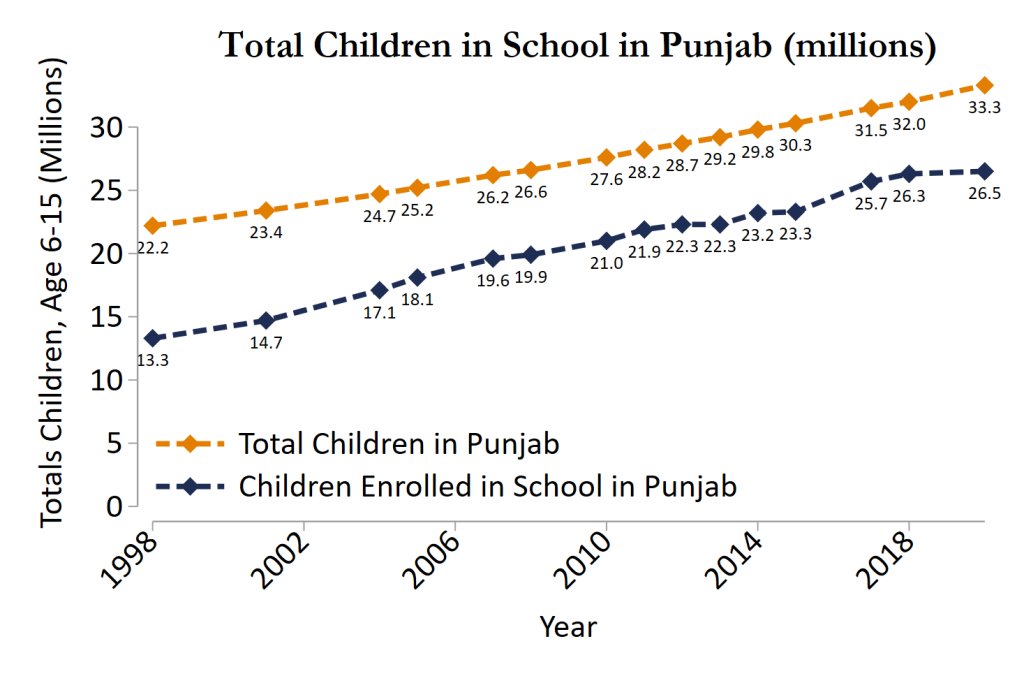- 111,139
- 833
- Origin

- Copy to clipboard
- Thread starter
- Moderator
- #9
Follow along with the video below to see how to install our site as a web app on your home screen.

Note: this_feature_currently_requires_accessing_site_using_safari





### Comment on the Need for Home Tuition in Peshawar: Addressing Educational StagnationBefore Rescue 1122 we had no EMS in Punjab nor fire brigade service
Think of all the road accidents and properties they saved, they were game changers during the flood relief efforts
It was started in 2004 and by 2018 not only was this service available in all districts of Punjab in some capacity but they were also training other provinces and countries due to their high professional standards
There's more to write here with the healthcard program, expansion of PHC unit program- all of these interventions had a direct impact from the lows of 80s,90s due to the expansion of our healthcare network through public private partnership in the 2000s and most of 2010s
All of it is here - look through it if you want - but you see Crazy % of catching up in the 2000s in almost every health metric from where we were before Elahi, Shehbaz times (from 70s,80s,90s our government really didn't give a crap if we truly look at the data)- as a sample example our child vaccination in the 90s was 35% now its at 80%, in the 90s only 13% of the women delivered babies at a health facilities now ⅔ women use a health care facility as our healthcare infrastructure has expanded a lot after the 2000s due to PPP model, there's more but its just to illustrate the larger point
Education from 2000 to 2018 (wont post everything just the more important parts, to not make it boring)
[H3]Bringing 13 million more children into school: Lessons from Punjab[/H3]
Well, upon reflection, the reality is much more mixed when we consider the challenge of population growth.

Source: Authors estimations based on population censuses and household surveys (PSLM, HIES, DHS)
Case in point is the Punjab province, which contains over half of Pakistan’s growing population. Combining census data with household surveys, Punjab expanded schooling from 13 million students in 1998 to 26 million students by 2020 over the last 20 years, effectively doubling the number of children aged 6-15 in school . Household surveys show an increase in the share of children enrolled by about 19 percentage points.
…

Source: Authors estimations based on population censuses and household surveys (PSLM, HIES, DHS)
Remarkably, the growth is largest for girls, with an estimated 24 percentage point increase in enrolment --versus 15 percentage points for boys. In other words, Punjab is quickly developing down the path of modernization.
Punjab followed randomized evidence, using data to track progress….
First, at the heart of these series of reforms was sustained political leadership and commitment to education. The Government of Punjab placed school access at the center of the education policy and in 2003, made education free for all at the point of access. This meant that students didn’t pay tuition and received free textbooks.
The Government of Punjab also made institutional changes, creating a monitoring and implementation arm that was independent from the education bureaucracy and devolving financing to district governments through performance-linked budgeting.
Second, Punjab has made strategic financial investments in programs that were shown to work.
…. The province also provided conditional cash transfers for girls’ education and expanded school participation for girls regularly attending schooling from grades 6-10. This program increased middle school enrollment for girls by 10 percentage points in just two years from 2003 to 2005, increased completion rates by 4.5 percent,... the province also used budgetary support to scale a Public Private Partnership (PPP) model across the province to provide schooling to about 2.5 million students… Third, the government actively reached out to parents and households through a school council mobilization program.
An evaluation of the program found that home tuition need in Peshawar for 13 million additional children is no small feat. To illustrate, this is the size of a schooling population of an average middle-sized country (Vietnam’s schooling population is about 14 million students, Germany’s is about 12 million children). In other words, the Punjab province now provides new learning opportunities to a cohort that’s equivalent to a major countries’ entire student population! Not for nothing has the Punjab’s reform program been described as having been the
[H3]Pakistan is home to the most frenetic education reforms in the world[/H3]
[H3]Reformers are trying to make up for generations of neglect[/H3]
In April 2016, as part of its latest scheme, private providers took over the running of 1,000 of the government’s primary schools. Today the number is 4,300. By the end of this year, Mr Sharif has decreed, it will be 10,000. … Leaders of struggling districts are called to Lahore for what Allah Bakhsh Malik, Punjab’s education secretary, calls a “pep talk”. Asked what that entails, he responds: “Four words: F-I-R-E. It is survival of the fittest.” About 30% of district heads have been sacked for poor results in the past nine months, says Mr Malik. “We are working at Punjabi speed.”... The Punjab Education Foundation (PEF), another quasi-independent body, oversees some of the largest school-privatisation and school-voucher programmes in the world. It has a seat with the ministers and administrators at Mr Sharif’s quarterly meetings. The Punjab government no longer opens new schools; all growth is via these privately operated schools. Schools overseen by PEF now teach more than 3m children (an additional 11m or so in government schools)
…. The latest stocktake claimed an “unprecedented” 10% increase in primary-school enrolment since September 2016, an extra 68,000 teachers selected “on merit”, and a steady increase in the share of correct answers on a biannual test of literacy and numeracy.
We are one of the few provinces where literacy rate is almost stagnant since 2018
In 2023 our literacy increased from 66.01 to 66.3 ONLY .02% increase
Our literacy rate in 2017 was 64.7% -so in 5-6 years we only increased by 1.6%!
2015-2018 % increase in literacy rate alone was around 3%, if you take it back to ‘98 it was around 46%- In 2018 around 65%
In those 2 decades our yearly % increase was around 1% or .95% specifically (by sheer numbers it was a lot but due to our high TFR especially back then, % wise it doesn't look as good) - but from 2018-2023 - overall cumulative total was just 1.6%.








Loading...